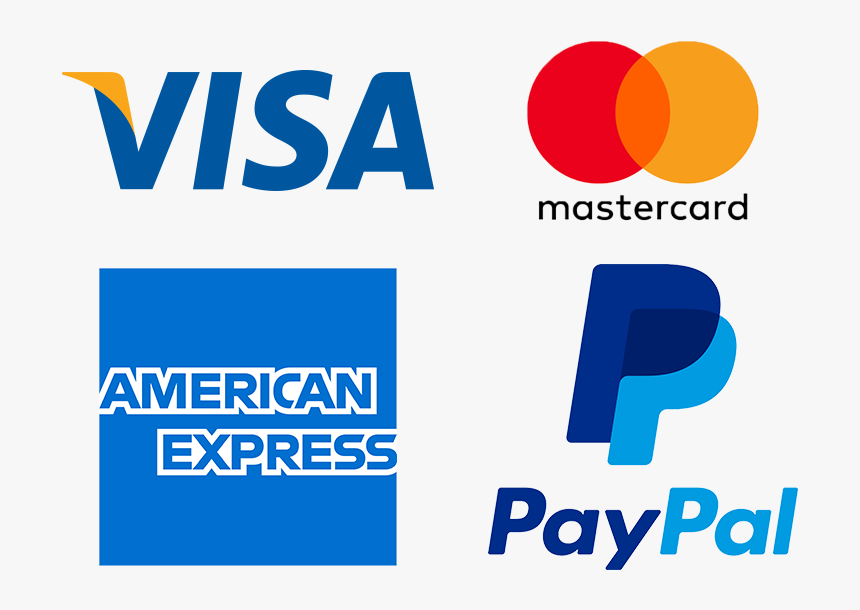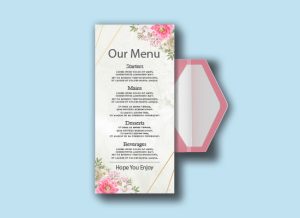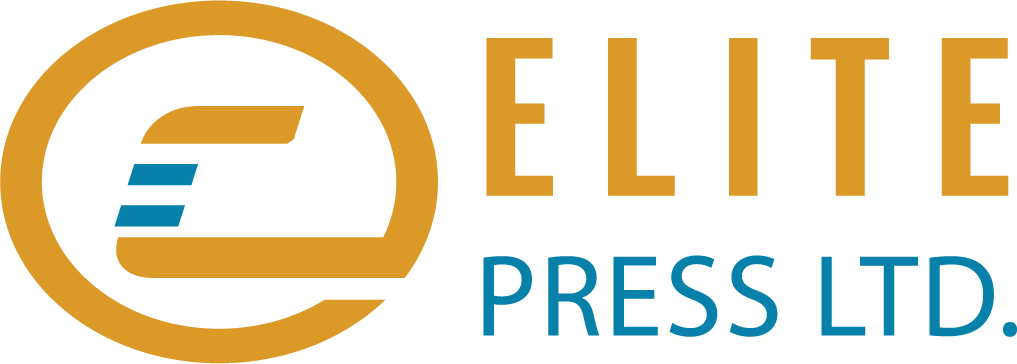Signage
Please select artwork files:

Related Products
Additional Information
Custom signage that stands out! Enhance visibility and guide guests with clear, stylish signs tailored to your event or business needs.
Signage: A Powerful Communication Tool for Businesses and Events
Signage is a crucial aspect of communication and branding for businesses, events, public spaces, and even personal functions like weddings. It includes any kind of visual graphic display intended to convey information, provide directions, advertise, or promote a brand or product. Signs can be found everywhere, from storefronts and roadways to museums and conferences, and their impact on communication, visibility, and user experience is significant. In this guide, we will explore the importance of signage, different types, creative design ideas, and best practices to ensure that your signage serves its purpose effectively.
The Importance of Signage
- Brand Visibility and Recognition:
- One of the primary functions of signage is to enhance brand visibility. A well-designed sign immediately captures attention and communicates the essence of your brand. Consistent use of logos, color schemes, fonts, and design elements on signs helps establish brand identity and make your business more recognizable to potential customers.
- For businesses like retail stores, restaurants, or real estate agencies, clear and visually appealing signage can be a powerful tool for attracting foot traffic and making your brand stand out in a crowded marketplace.
- Providing Information:
- Signage is essential for delivering clear and concise information to audiences. This can range from simple directions and location markers to more complex messages like product information, pricing, or event schedules.
- Informative signs reduce confusion by offering necessary details, helping customers or attendees navigate spaces easily, and making informed decisions about purchases or actions.
- Enhancing Customer Experience:
- Effective signage contributes significantly to the overall user experience. Well-placed and easily understandable signs, whether inside a store, at an event, or in a public area, provide customers and guests with the information they need without causing frustration. This contributes to a seamless experience, from finding restrooms or exits to understanding promotions or services.
- For businesses, enhancing the customer journey through effective signage often translates to increased sales, better engagement, and customer loyalty.
- Driving Sales and Promotions:
- Signage can directly impact sales, especially in retail environments. Promotional signs announcing discounts, new arrivals, or limited-time offers can encourage impulse purchases and direct customer attention to particular products. Signs that highlight deals or special services help businesses maximize sales opportunities.
- In restaurants, clear and enticing signage can showcase menus, daily specials, or featured dishes, encouraging diners to try new items or promotions.
- Safety and Compliance:
- Safety signage plays a critical role in ensuring that workplaces, public spaces, and events are compliant with legal and safety requirements. Warning signs, emergency exits, and hazard alerts are necessary to keep people informed of potential risks and provide guidance in emergencies.
- For events, festivals, or large gatherings, signs that indicate crowd control measures, emergency routes, or first-aid stations are essential for ensuring the safety and well-being of attendees.
Types of Signage
- Outdoor Signage:
- Building Signs: These are placed on the exterior of a building to attract attention and inform passersby of the business located inside. They typically feature the business name, logo, and sometimes additional information like hours of operation or contact details.
- Billboards: Large-scale advertisements used for marketing campaigns, often located along highways or in high-traffic urban areas. Billboards are highly visible and can make a significant impact on brand awareness.
- Wayfinding Signs: Essential for guiding people through outdoor spaces like campuses, parks, or city centers. These signs provide directional information, maps, and location markers.
- Banners and Posters: Temporary outdoor signage used to promote events, sales, or new openings. They are often made from durable materials like PVC to withstand outdoor conditions.
- Indoor Signage:
- Lobby and Reception Signs: Located at the entrance of a business, hotel, or office, these signs create a welcoming first impression. They often feature a brand’s logo or a company’s name, contributing to the professional image of the space.
- Menu Boards: Commonly found in restaurants, cafes, or fast-food outlets, menu boards list available food and drink options and often highlight daily specials or promotional offers.
- Point-of-Sale (POS) Displays: Found in retail settings, these signs are used near the checkout area to advertise products, sales, or promotions, encouraging last-minute purchases.
- Directional Signage: Indoor wayfinding signs help customers or visitors navigate through a building or event space, indicating where to find restrooms, exits, or different sections of the venue.
- Event and Exhibition Signage:
- Pop-Up Banners: Portable, freestanding banners used at events, trade shows, and conferences to promote brands, services, or products. They are easy to set up and take down, making them popular for temporary displays.
- Standees and Cutouts: Life-size standees or cutouts are often used to create a fun and engaging element at events, especially in marketing campaigns, product launches, or promotions.
- Exhibition Booth Signage: For businesses participating in trade shows or exhibitions, booth signage helps promote brand identity and attracts visitors to the stand. This includes banners, displays, and digital screens.
- Digital Signage:
- LED Screens: Used for dynamic displays, digital signage uses LED or LCD screens to present changing content. These are common in public spaces, airports, retail stores, and conference centers, offering flexibility to update messages, promotions, or advertisements.
- Interactive Signage: Some digital signs allow customers or visitors to interact with the display, providing a more immersive experience. This is useful for directories in malls or interactive displays at museums and events.
Creative Ideas for Signage Design
- Custom Shapes and Materials:
- Move beyond the standard rectangular shape by using custom shapes that align with your brand or event theme. For example, a coffee shop might use a coffee cup shape for its outdoor sign, or a wedding might feature wooden signs for a rustic feel. Materials like metal, acrylic, wood, and neon can create a more personalized, standout design.
- Bold Typography:
- Typography is a key element in making signage visually appealing and easy to read. Bold, legible fonts are ideal for grabbing attention and communicating messages quickly. Combining typography with clever use of space and color can make a sign more effective.
- Minimalist Design:
- Sometimes, less is more. A minimalist design with clean lines, subtle color schemes, and uncluttered space can make a big impact. This type of signage is especially effective in modern, upscale businesses or events where simplicity and sophistication are key.
- Interactive Elements:
- For events or retail spaces, adding an interactive element to you can engage customers in a new way. Digital signs that display rotating content, or signs that respond to touch or movement, offer a modern, high-tech experience.
Best Practices for Effective Signage
- Keep It Simple:
- The best signs are easy to read and understand at a glance. Avoid overcrowding your sign with too much information or overly complex designs. A simple, clear message paired with an eye-catching design is the key to effective communication.
- High Contrast for Readability:
- Ensure that there is a strong contrast between the background and text or images on the sign. This improves visibility from a distance and ensures the sign is legible, even in poor lighting conditions.
- Positioning Matters:
- Where you place your signage can affect its effectiveness. Outdoor signs should be positioned at eye level or higher to ensure they are visible from a distance. Indoor signs should be placed strategically where traffic flows naturally, such as near entrances, exits, or key areas like lobbies and waiting rooms.
Conclusion
Signage plays an essential role in branding, communication, and customer experience. From driving sales and providing directions to enhancing safety and building stronger brand recognition, signs are an indispensable tool for businesses and events. By choosing, carefully considering design elements, and following best practices, you can ensure your signs not only fulfill their functional purpose but also leave a lasting impression on your audience.
Get Your Quote
My Account
About Us
Our Products
Contact
Follow Us On
We Accept

















